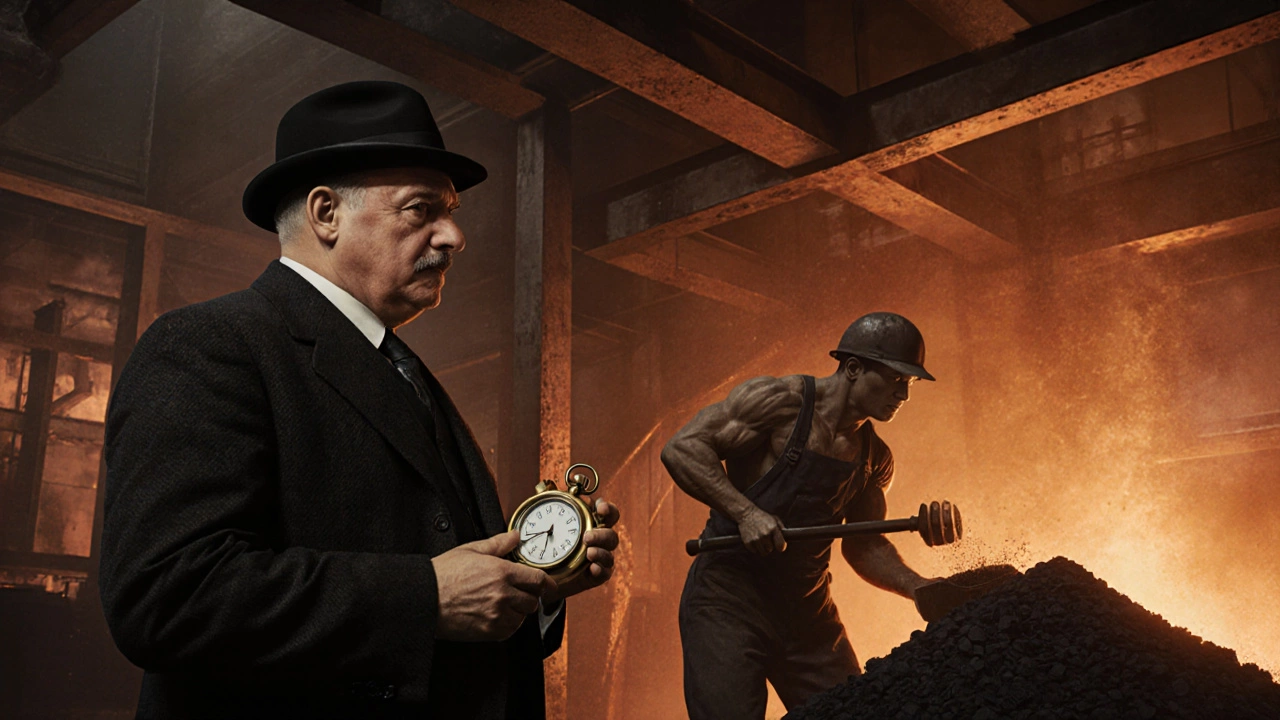Frederick Taylor and the Roots of Modern Efficiency in Science and Industry
When we talk about Frederick Taylor, an American mechanical engineer who pioneered scientific management in the early 1900s. Also known as the father of time and motion studies, he didn’t just study factories—he changed how we think about work itself. His method wasn’t about pushing people harder. It was about figuring out the one best way to do a task, then teaching it to everyone. This idea didn’t stay in factories. It spread to labs, hospitals, and tech teams. Today, when a data scientist talks to a nurse to understand a workflow, or a transfer agent maps out how a lab invention reaches the market, they’re following Taylor’s blueprint.
His core concepts—breaking tasks into steps, measuring performance, and standardizing processes—are everywhere in modern STEM. Look at public health programs that track vaccination rates down to the village level. Or renewable energy projects that optimize panel placement using data-driven models. Even biotech companies designing CRISPR trials use precise, repeatable protocols because Taylor taught us that variation kills efficiency. He didn’t care about intuition. He cared about evidence. That’s why his work connects directly to posts about technology transfer, research funding, and industrial biotech. If a project fails to scale, it’s often not because the science is weak. It’s because the process wasn’t designed for real people, real time, and real constraints. Taylor knew that.
He also understood that efficiency isn’t about cutting corners. It’s about removing waste. Waste in time. Waste in motion. Waste in communication. That’s why today’s transfer agents don’t just file patents—they build bridges between scientists and manufacturers. Why data scientists don’t just crunch numbers—they sit with warehouse managers to see where delays happen. Why clean energy projects don’t just install solar panels—they study how communities actually use electricity. Taylor’s legacy isn’t in old textbooks. It’s in every system that tries to make science work in the real world.
What you’ll find below isn’t a history lesson. It’s a map of how Taylor’s ideas quietly shape the research, innovation, and public health efforts happening across India right now. From how a vaccine drive is organized to how a startup licenses a new biotech tool, his fingerprints are there. You just have to know where to look.




